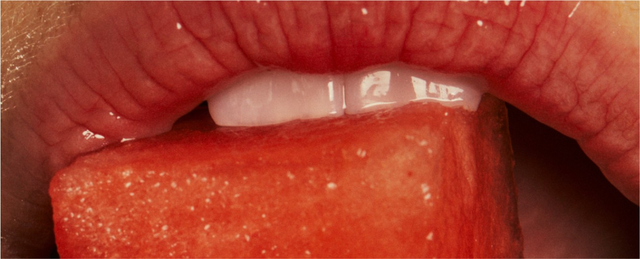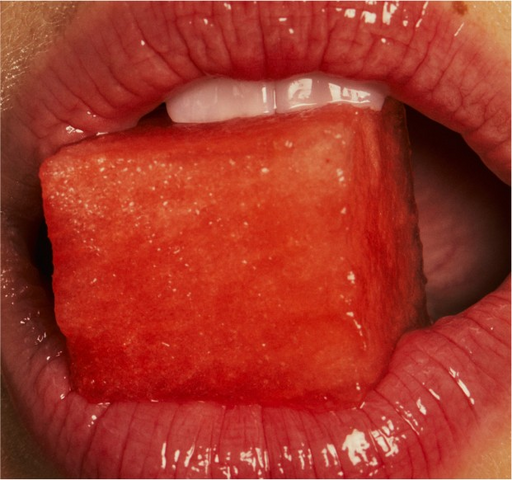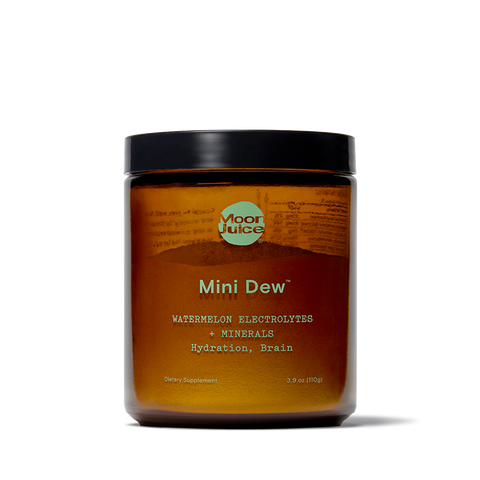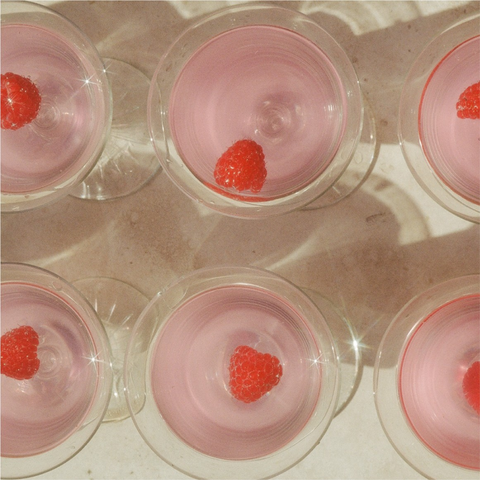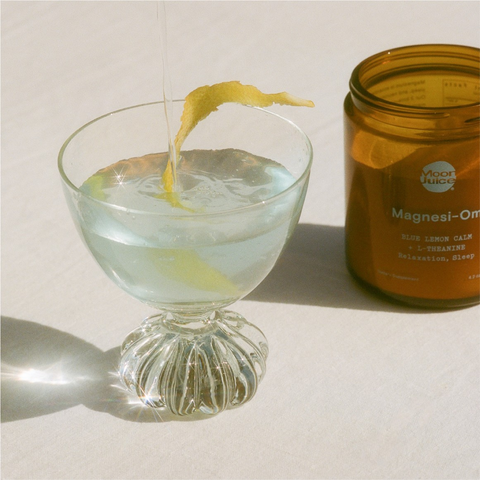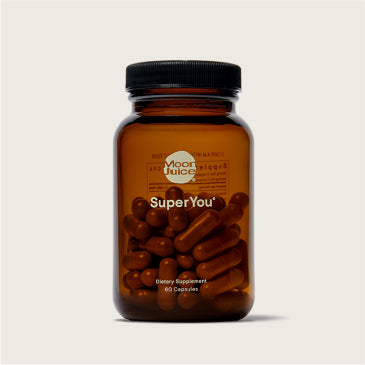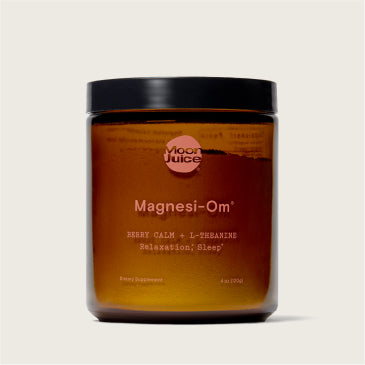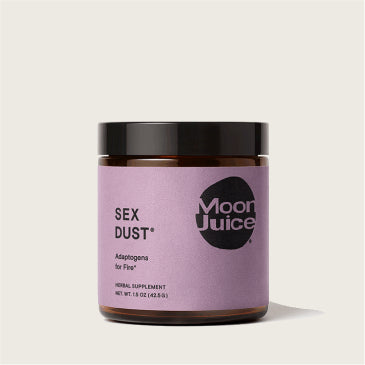It’s normal to get parched after an intense workout or simply from going about your daily routine when temps are high. But if you find yourself not only thirsty but also fatigued, foggy, or confused — as well as having more active (and unwelcome) digestive patterns than your norm — dehydration likely isn’t your only concern. In these cases, an electrolyte imbalance could be at play.
In this guide, we’ll discuss the primary symptoms and causes of electrolyte imbalance. Plus: how to understand the difference between low electrolytes vs. dehydration, and how to bounce back if you’re dealing with an electrolyte deficiency.
What Is an Electrolyte Imbalance?
An electrolyte imbalance indicates that the levels of certain minerals in your blood fall outside of normal, healthy ranges.
Electrolytes are essential minerals. These include but aren’t limited to:
- Calcium
- Magnesium
- Chloride
- Sodium
- Potassium
BTW, trace minerals — including Copper, Chloride, Selenium, and Zinc — are just as important for your health as the electrolytes are. They’re simply required in smaller amounts.
Electrolyte balance is crucial because these essential minerals help to:
- Balance how much water is in the body
- Balance the body’s pH levels
- Transport nutrients into cells
- Expel waste from cells
- Ensure proper function of the nerves, muscles, brain, and heart
We can get electrolytes through foods, drinks, and supplements. Almost every cell in the body contains them. Depending on your diet, lifestyle, and health conditions, electrolyte levels can get too high or too low, leading to electrolyte imbalance. Both ends of the spectrum manifest in different signs and symptoms.
It turns out that electrolyte imbalances are very common: 90 percent of people in the US have a mineral imbalance or deficiency. Moreover, UNICEF warns that, around the globe, at least half of children under the age of 5 have micronutrient deficiencies.
Note: It can be easy to use the terms electrolyte imbalance and dehydration interchangeably since they often, but not always, go hand in hand. That said, an electrolyte imbalance directly points to a high or low count of minerals in the body, whereas dehydration involves a lack of fluids in the body. Since electrolytes help balance body fluid retention, maintaining a healthy electrolyte level can help avoid water loss and dehydration.
Signs & Symptoms of an Electrolyte Imbalance
The signs of electrolyte imbalances will vary based on which minerals are depleted or in excess. They can also hinge upon how severe the imbalance is. For instance, mild electrolyte imbalances may not be obvious to detect from the fore.
Generally speaking, potential symptoms of electrolyte imbalance include:
- Fatigue
- Headaches
- Brain fog
- Confusion
- Irritability
- Digestive irregularities (like constipation or diarrhea)
- Muscle cramps or spasms
- Elevated or irregular heartbeat
- Nausea
- Vomiting
- Numbness or a tingling sensation the fingers and toes
What Causes Electrolyte Imbalances?
Kidney Issues
Per UCLA’s CORE Kidney program, kidneys regulate electrolyte concentrations in the body. Any disruptions to these organs like impaired kidney function or kidney failure can cause an electrolyte imbalance.
Intense Exercise
An intense workout is one of the most common causes of low electrolytes. According to a review in the Journal of Sports Sciences, prolonged or high-intensity exercise can cause excessive sweating, resulting in water and electrolyte loss.
High Temperatures
Similar to the case of intense exercise, extreme heat causes you to sweat more, and thus can run the risk of electrolyte imbalance and water loss. How quickly and how much you sweat hinges upon many personal factors, as well as what the actual temperature reads and how humid the environment is. Whether you’re in a warm locale, it’s summertime, or you love the wellness benefits of saunas, it’s important to be mindful of the potential risk of developing or exacerbating electrolyte imbalance due to a loss of bodily fluids.
Vomiting and Diarrhea
Just as these digestive issues can be symptoms of an electrolyte imbalance, they too can directly cause it. Research shows that these expelled digestive fluids commonly contain Chloride, Potassium, Sodium, and Bicarbonate, thus demonstrating the potential for low electrolytes.
Health Conditions
A high or low count of electrolytes often indicate that something is off elsewhere within the body. For instance, the National Library of Medicine shares that the following health conditions can cause electrolyte imbalances:
- Malnutrition
- GI disorders
- Cardiac disorders
- Endocrine disorders
- Circulatory disorders
- Lung disorders
- Acid-base imbalances
Medications
Certain medications — both prescription and over-the-counter — can also adversely affect electrolyte and bodily fluid balance. Per the Oxford Academic Health Science Network, these include:
- Diuretics (aka water pills), which increase the amount of salt and water expelled through urine
- Laxatives, which impact how much water the bowels absorb and is excreted through stool
- Antacids, which can trigger low fluid levels and constipation/diarrhea
- Antihistamines, which impact the distribution of electrolytes and salts throughout the body and thus fluid balance
- Blood pressure medications, which also impact the distribution of electrolytes and salts throughout the body and can lead to fluid loss
How to Fix an Electrolyte Imbalance
Eat Foods High in Electrolytes
To replenish electrolytes through foods and drinks, you can opt for electrolyte-rich foods and drinks.
The next time you head to the grocery store or your local farmer’s market, consider shopping with minerals in mind by consulting this list:
- Spinach (excellent source of Calcium and Magnesium)
- Lentils (packed with Magnesium, Potassium, and Phosphorus)
- Dried apricots (rich source of Potassium)
- Sunflower seeds (good source of Magnesium and Phosphorous)
More broadly, other fruits, veggies, legumes, nuts, and seeds can also contribute to your daily intake of electrolytes. Not only are these foods nutrient-dense and support overall health, but the electrolytes can give you energy and prevent you from getting tired throughout the day.
Eat a Plant-Forward Diet
Prioritizing a diet rich in diverse, colorful, plant-based foods is always a great idea. Still, this isn’t always enough to get the ideal amount of micronutrients (electrolytes included) that you need — in part due to soil depletion of modern crops.
A 2020 study published in the journal Nutrients looked at dietary patterns of 463 adults in Western Austria. Sixty percent of study participants ate a “traditional” dietary pattern, 25 percent adhered to plant-rich eating protocols, and 10.8 percent followed a Western diet characterized by a low intake of plants and a higher intake of processed foods, fast food, and sugar.
More specifically, researchers investigated their intake of Sodium, Potassium, Calcium, and Magnesium. Among the key findings:
- Over half of participants had low Calcium levels
- 40 percent lacked adequate Magnesium intake
- 13 percent met adequate intake of three electrolytes
- A mere 1 percent of participants reached the recommended values for all four electrolytes
These points considered, the authors concluded that even a relatively health-conscious diet may not be enough to combat electrolyte imbalances. Plus, it’s worth noting that the Standard American Diet (SAD) skews strongly towards eating patterns that aren’t on par with expert-recommended dietary guidelines, so it can be even more challenging to get electrolytes through typical dietary habits.
Drink Water
Drinking H2O throughout the day, every day, is another tried-and-true healthy habit that experts routinely vouch for. Nonetheless, as much as 75 percent of people in the US are chronically dehydrated. And even if you’re a self-professed hydration hero, there can be too much of a good thing.
When increasing fluid intake — which, by and large, isn’t a rich source of electrolytes — you end up urinating more often. This can actually cause electrolyte imbalances. Moreover, a lack of hydration doesn’t only signal water loss; it also indicates that your body is likely low in electrolytes. Again, electrolytes are crucial to ensure that your cells sufficiently absorb water and retain hydration to support bodily functions and well-being.
Recommendations for water intake vary. One common standard is to drink half your weight in ounces of water daily. This is a good start, especially if you know you need to improve your hydration game. In addition — as well as for those who tend to drink much more than that — it’s smart to revise your replenishment strategies by supplementing with electrolytes.
Take an Electrolyte Supplement
A dedicated electrolyte supplement can come to the rescue for people who don’t drink enough water, drink too much water, and/or experience the symptoms of low electrolytes shared above. An electrolyte drink powder like Mini Dew™ is a one-and-done solution to help ensure that you get the electrolytes that you need to thoroughly quench your brain and body. All you have to do is add the electrolytes to water and you have your own homemade electrolyte drink!
Mini Dew™ takes your hydration and mineralization game to the next level. It features:
- A microplastic-free pink salt electrolyte, which supports optimal hydration by maintaining water balance in and around cells*
- Ionic trace minerals, which gives the body the elements it needs to feel good and energized*
- Chelated essential minerals, which help enhance cognitive performance and reduce brain fog*
The organic watermelon-flavored electrolyte supplement is also ideal for those who don’t like the taste of plain water. All the while, it supplies vital minerals to promote hydration and allow you to feel your best, which is more than your standard H2O can achieve. It’s even suitable — not to mention highly palatable — for children ages 4 and up.
Simply mix 1 tsp of Mini Dew™ in 12 oz of water. For best results, enjoy it daily or when you need to recover after a sweat sesh, travel, or any time you need a replenishing pick-me-up when you feel blah.
If you want to experience the benefits of electrolytes, shop Mini Dew™ today.
Sign Up, Nerd Out
Get wellness tips, education, and recipes
delivered straight to your inbox.
Get wellness tips, education,
and recipes delivered
straight to your inbox.
Sources
- https://www.health.harvard.edu/staying-healthy/precious-metals-and-other-important-minerals-for-health
- https://medlineplus.gov/fluidandelectrolytebalance.html
- https://data.unicef.org/resources/state-of-the-worlds-children-2019/
- https://my.clevelandclinic.org/health/symptoms/24019-electrolyte-imbalance
- https://www.uclahealth.org/programs/core-kidney/conditions-treated/acid-base-electrolytes
- https://pubmed.ncbi.nlm.nih.gov/1895359/
- https://www.cedars-sinai.org/blog/electrolytes.html
- https://www.ncbi.nlm.nih.gov/pmc/articles/PMC7185384/
- https://www.ncbi.nlm.nih.gov/books/NBK541123/
- https://www.patientsafetyoxford.org/wp-content/uploads/2018/02/Medicines-that-affect-fluid-balance-in-the-body-draft-SJ-v2.0.pdf
- https://www.webmd.com/diet/foods-high-in-electrolytes
- https://www.mtsac.edu/kinesiology/sportsnutrition/documents/DRI_Electrolytes_Water.pdf
- https://www.ncbi.nlm.nih.gov/pmc/articles/PMC7400604/
- https://nutritionfacts.org/topics/standard-american-diet/

